From a lineage of ancient chivalry, the Ussel family dates back to the 12th century. Coming from a son of Ebles II de Ventadour, “el cantador”, it has always lived in the region. Settled in the 16th century in Châteauvert in Creuse, it remained there until the Revolution. After this troubled period, the eldest and Jean-Hyacinthe, the youngest, who had not left his country, became the descendants. From the latter descend the two branches currently living. Jean-Jacques d’Ussel married in Neuvic, in 1808, Marie-Jeanne du Giraudeix, heiress of Neuvic d’Ussel’s manor. The couple lived in Creuse. In 1830, at the death of the Giraudeix parents and after the fire of 1822 which destroyed the manor, they gave the property to their son, Jean-Hyacinthe in order to rebuild a residence and to settle there. Thus the d’Ussel family settled in Neuvic where they still live.
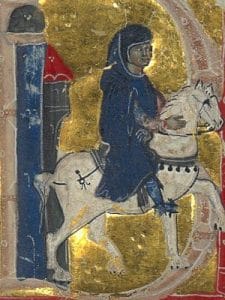
Gui, canon of Brioude, is the most famous of the four troubadours d'Ussel (three brothers including Gui and a cousin) at the end of the 12th century, contemporaries of Bernard de Ventadour.
« Je chanterais bien volontiers,
Mais il m'ennuie de répéter
Que j'ai à me plaindre d'Amour.
Quel amant n'en dirait autant ?
Je voudrais faire chanson neuve
Mais hélas tout a été dit. »
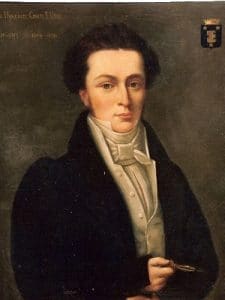
Jean-Hyacinthe settled in Neuvic in 1834. As soon as the reconstruction work was completed, he designed and built the park. Married in 1840 to Claire Esquirou de Parieu, his two sons, Philibert and Paul were born in this house. Mayor of Neuvic from 1851 to 1857, he was also general councillor of the canton. Under his impetus, the Ferme-Ecole des Plaines, an important domain belonging to him, was created in 1849. He was its director until his death. These were the premises of the future Henri Queuille Agricultural High School. He began to plant "green trees", softwoods, and was one of the precursors of the "reforestation" of the country.
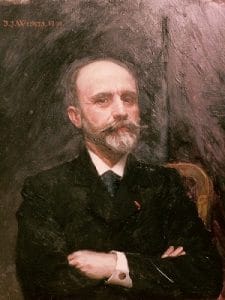
He participated in the establishment of the railroad during the Second Empire. In 1873, he married Marguerite Darcel. His father-in-law, Jean Darcel, worked with Adolphe Alphand under Baron Haussmann to modernize Paris. He contributed to the creation of the Buttes Chaumont park, the Boulogne and Vincennes woods. This influenced the evolution of the park of Neuvic. After the death of his father, Jean-Hyacinthe, he took care of the estate and planted in the park, among other things, the two large blue cedars of the Atlas when Jean and Jacques were born.
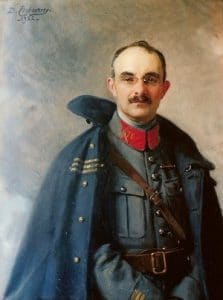
He inherited the estate in 1918 and resigned from the army to take care of his properties and manage Neuvic wisely. He continued to plant the forest. Married to Henriette d'Aligny in 1903, they had six children and extended the house by one floor in the attic. He built the tower to install 20th century comfort.
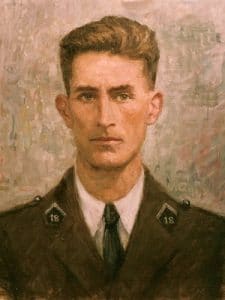
Jacques' eldest son, he became an officer upon graduating from Saint-Cyr and married Yvonne de Galard Terraube. He participated in the Battle of France where he was wounded. His father died in 1941, making him heir to the property. As soon as the army was disbanded in 1942 after the invasion of the free zone, he returned to Neuvic and organized the Resistance within the framework of the Secret Army in Corrèze, merging the ORA and the AS. Arrested by the Germans on May 9, 1944, he died in the Neckargerach concentration camp at the end of November, leaving four children, including Patrick, the eldest of the boys, aged 4. His wife, Yvonne, will courageously take care of the upkeep of the estate and the education of her four children.
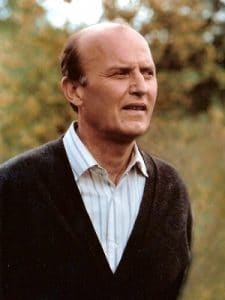
An engineer, a man of convictions and traditions, as soon as he came of age, he became very passionate about the property and undertook large-scale work on both the forest and the buildings. When he retired, he was appointed vice-president of the Coopérative Forestière Bourgogne Limousin, and devoted much of his time to the development and marketing of the Limousin forest. Unfortunately, he died too soon in 2005!
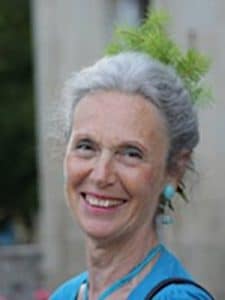
From her marriage in 1967 with Patrick, four children were born: two daughters, Marguerite and Galienne, two sons, Guillaume and Arnaud. Since the death of her husband, three years after the death of their eldest son at the end of 2001, she manages the estate of Neuvic for her children. Since 2007, she has undertaken the rehabilitation of the park, had it labeled a "remarkable garden", opened it to the public, and had the estate listed as a historical monument (2018).


Jean-Hyacinthe settled in Neuvic in 1834. As soon as the reconstruction work was completed, he designed and built the park. Married in 1840 to Claire Esquirou de Parieu, his two sons, Philibert and Paul were born in this house. Mayor of Neuvic from 1851 to 1857, he was also general councillor of the canton. Under his impetus, the Ferme-Ecole des Plaines, an important domain belonging to him, was created in 1849. He was its director until his death. These were the premises of the future Henri Queuille Agricultural High School. He began to plant "green trees", softwoods, and was one of the precursors of the "reforestation" of the country.


He inherited the estate in 1918 and resigned from the army to take care of his properties and manage Neuvic wisely. He continued to plant the forest. Married to Henriette d'Aligny in 1903, they had six children and extended the house by one floor in the attic. He built the tower to install 20th century comfort.

Jacques' eldest son, he became an officer upon graduating from Saint-Cyr and married Yvonne de Galard Terraube. He participated in the Battle of France where he was wounded. His father died in 1941, making him heir to the property. As soon as the army was disbanded in 1942 after the invasion of the free zone, he returned to Neuvic and organized the Resistance within the framework of the Secret Army in Corrèze, merging the ORA and the AS. Arrested by the Germans on May 9, 1944, he died in the Neckargerach concentration camp at the end of November, leaving four children, including Patrick, the eldest of the boys, aged 4. His wife, Yvonne, will courageously take care of the upkeep of the estate and the education of her four children.


